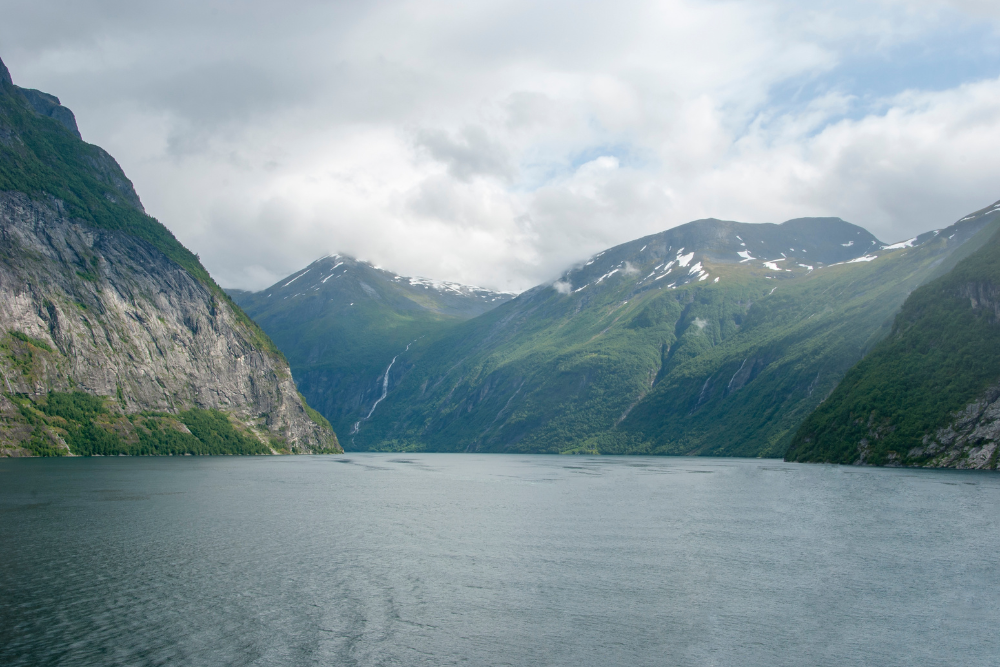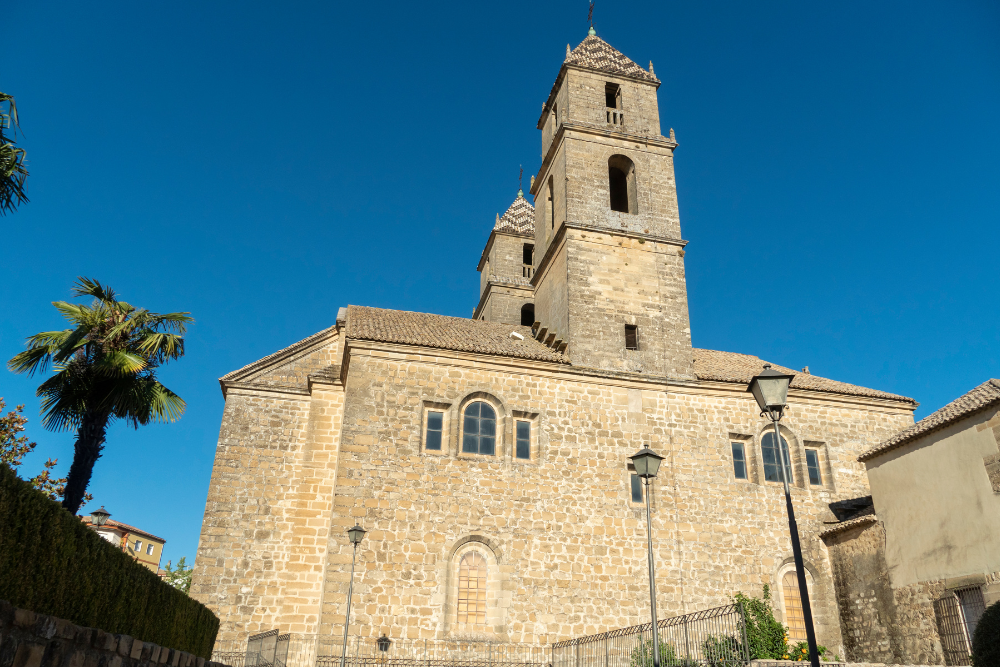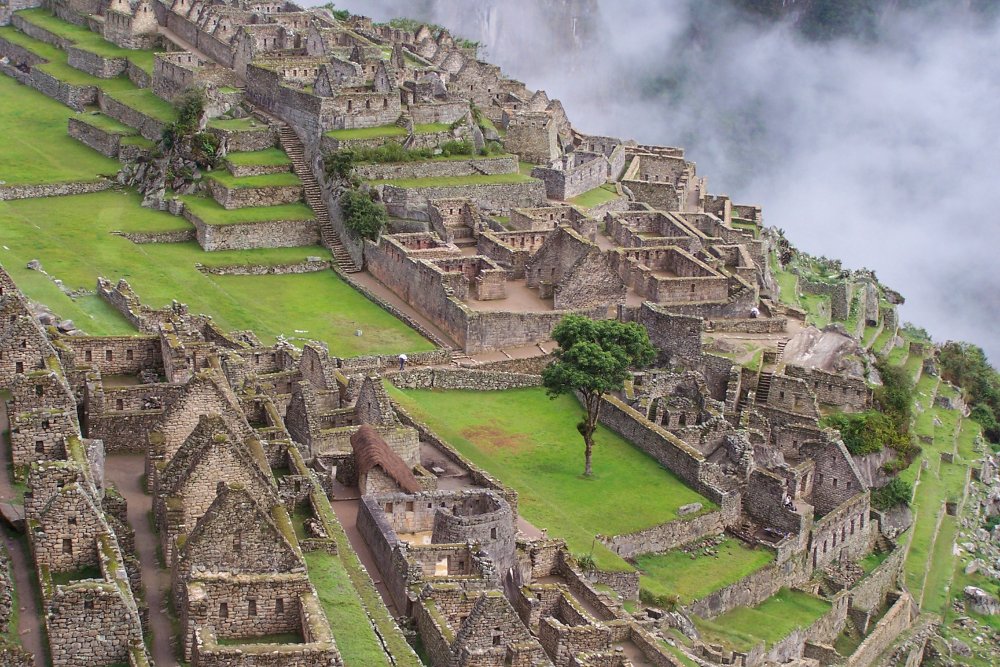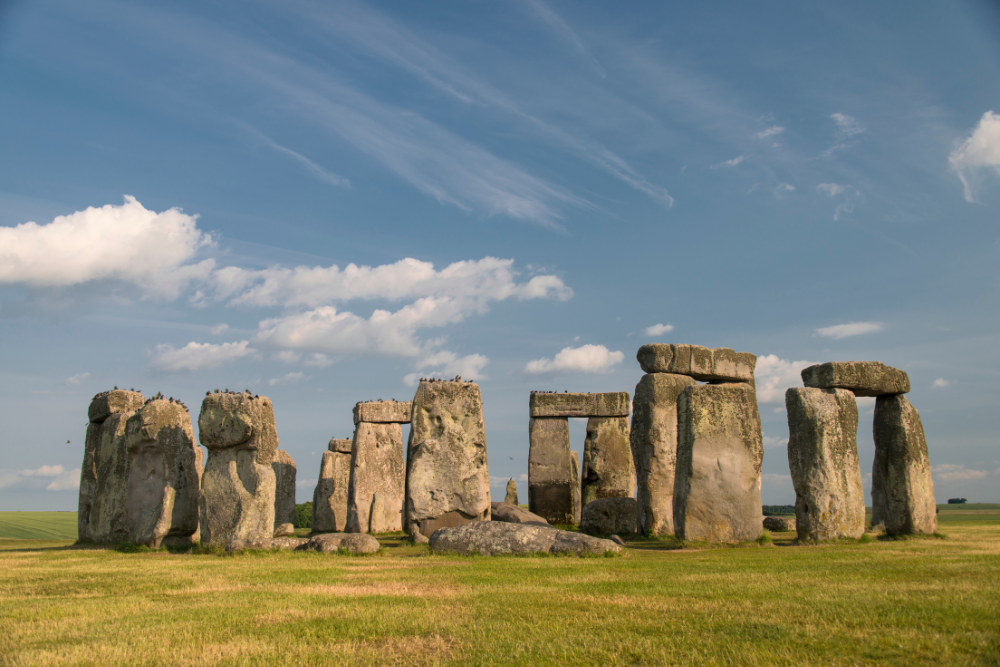Scandinavia is home to some of the most stunning landscapes and historic landmarks in Europe, many of which have been recognized for their cultural and natural significance by UNESCO. These sites offer a fascinating glimpse into the region’s history, traditions, and natural beauty. Whether you’re exploring ancient castles, medieval towns, or breathtaking fjords, here are some of the top UNESCO World Heritage Sites in Scandinavia.
1. The Rock Carvings in Tanum (Sweden)

Located in the Bohuslän region on Sweden’s western coast, the Rock Carvings in Tanum are a collection of ancient petroglyphs that date back to around 1,800-1,500 BCE. These carvings offer a unique insight into the life and beliefs of prehistoric societies in Scandinavia.
- What to Expect: The site features more than 1,000 rock carvings spread over 30 locations in the area. The carvings depict scenes of daily life, including hunting, fishing, and ceremonial practices.
- Why Visit: Tanum’s rock carvings are not only an important archaeological site but also an art form that reflects the earliest human expressions of the Nordic region.
- Adventure Tip: Many of the carvings are located in the open air, so be sure to wear comfortable walking shoes and bring a camera for the stunning views of the surrounding landscape.
2. The Bryggen Hanseatic Wharf (Bergen, Norway)

The Bryggen area in Bergen is a UNESCO World Heritage Site due to its historical significance as a trading hub during the Hanseatic League. The colorful wooden buildings lining the wharf are a testament to the city’s rich maritime heritage and are some of the best-preserved examples of medieval wooden architecture in Europe.
- What to Expect: Wander through narrow alleyways and vibrant courtyards, where you’ll find museums, shops, and restaurants housed in these historical buildings.
- Why Visit: Bryggen is an iconic representation of Norway’s trading past, offering a fascinating glimpse into the life of merchants in the 14th century.
- Adventure Tip: Visit the Bryggen Museum for an in-depth look at the history of the Hanseatic League and its role in Bergen’s development.
3. The Vigeland Park (Oslo, Norway)

Vigeland Park in Oslo is the world’s largest sculpture park created by a single artist, Gustav Vigeland. The park features over 200 sculptures, making it one of Norway’s most popular attractions.
- What to Expect: Explore the park’s many pathways, where you’ll encounter sculptures depicting human figures in various poses and emotions. Highlights include the famous Monolith, a 17-meter tall column made up of 121 intertwined figures.
- Why Visit: Vigeland’s work offers an exploration of human life, from birth to death, and the park is a peaceful place for contemplation and reflection.
- Adventure Tip: Visit at sunrise or sunset for magical light that enhances the beauty of the sculptures.
4. The Historic Centre of Tallinn (Estonia)

Although not technically part of Scandinavia, Tallinn’s Old Town in Estonia is close enough to the region to be considered an important cultural destination. Its well-preserved medieval architecture and cobblestone streets make it one of Europe’s most beautiful and charming historic centers.
- What to Expect: Tallinn’s Old Town is a maze of medieval buildings, churches, and town squares, with landmarks such as the Alexander Nevsky Cathedral and the Town Hall Square.
- Why Visit: Tallinn is a perfect blend of medieval and modern, and walking through its narrow streets feels like stepping back in time.
- Adventure Tip: Climb the Kiek in de Kök tower for stunning views of the Old Town and the Baltic Sea.
5. The Røros Mining Town and the Circumference (Norway)
The town of Røros is a historic mining settlement that dates back to the 1600s and is one of the best-preserved wooden towns in Europe. Its architecture and the surrounding landscape are a testament to Norway’s mining history and rural life.
- What to Expect: Stroll through Røros’ charming streets, where you’ll see traditional wooden houses, old mine buildings, and the well-preserved Røros Church.
- Why Visit: Røros offers a living glimpse into Norway’s industrial past, while also being surrounded by beautiful forests and mountains.
- Adventure Tip: Visit the Røros Museum to learn more about the town’s mining history and its development over the centuries.
Conclusion
Scandinavia’s UNESCO World Heritage Sites offer a fascinating mix of natural beauty, historical landmarks, and cultural heritage. Whether you’re exploring ancient rock carvings, medieval towns, or stunning fjords, each site provides a unique window into the region’s past and present. These sites are not just for history buffs—they offer a deeper connection to the land, people, and traditions of Scandinavia, making them essential stops on any traveler’s itinerary.












